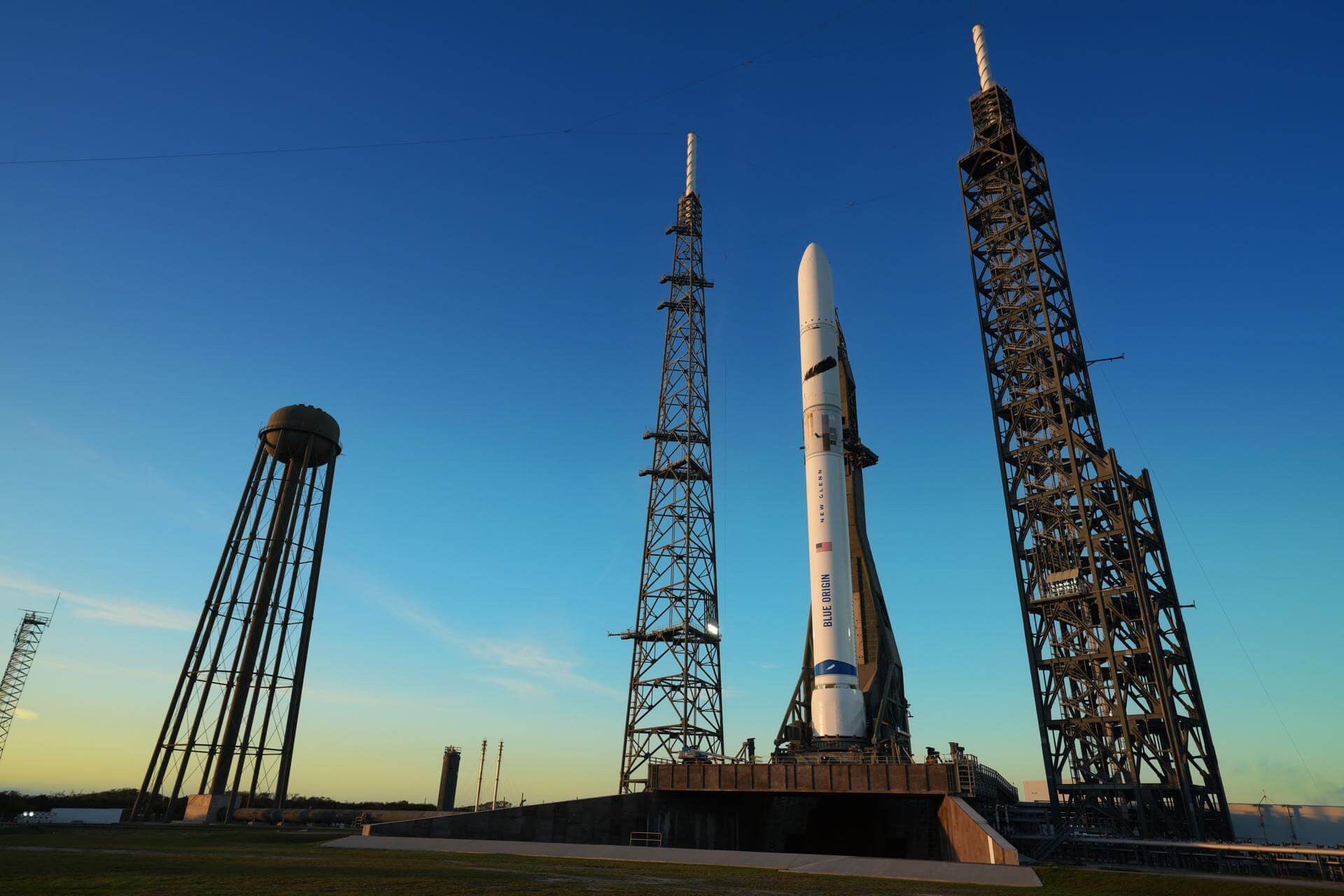Space launches
Filters
Mission type: 🗙 Communications | Dedicated Rideshare | Earth Science | Government/Top Secret | Human Exploration | Lunar Exploration | Navigation | Planetary Science | Resupply | Robotic Exploration | Space Situational Awareness | Technology | Test Flight | Tourism | Unknown
Vehicle: Ariane 62 | Atlas V 551 | Electron | Falcon 9 Block 5 | Falcon Heavy | Firefly Alpha | Gaganyaan Abort Test Booster | Gravity-1 | GSLV Mk. II | H3 | H3-22 | H3-24 | H3-30 | KSLV-2 Nuri | Launch Vehicle Mark-3 (GSLV Mk III) | Long March 2F/G | Long March 3B/E | Long March 8A | Minotaur IV | Miura 5 | Neutron | New Glenn | Orbex Prime | Proton-M Blok DM-03 | PSLV | RFA One | Skyrora XL | Soyuz 2.1a | Soyuz 2.1b Fregat | Soyuz 2.1b Fregat-M | Soyuz-5 | Space Launch System Block 1 | Spectrum | Starship | Themis Demonstrator | Unknown Launch Vehicle | Vega-C | Vulcan | Vulcan VC6L
Orbit: Geostationary Orbit | Geostationary Transfer Orbit | Geosynchronous Transfer Orbit | Low Earth Orbit | Lunar Orbit | Lunar flyby | Mars Orbit | Medium Earth Orbit | Polar Orbit | Suborbital | Sun-Synchronous Orbit | Unknown
Day

Maiden flight of Blue Origin's New Glenn launch vehicle carrying the Escape and Plasma Acceleration and Dynamics Explorers (EscaPADE), a dual-spacecraft mission to study ion and sputtered escape from Mars. The spacecrafts' scientific goals are to understand the processes controlling the structure of Mars' hybrid magnetosphere and how it guides ion flows; understand how energy and momentum are transported from the solar wind through Mars' magnetosphere; and understand the processes controlling the flow of energy and matter into and out of the collisional atmosphere.